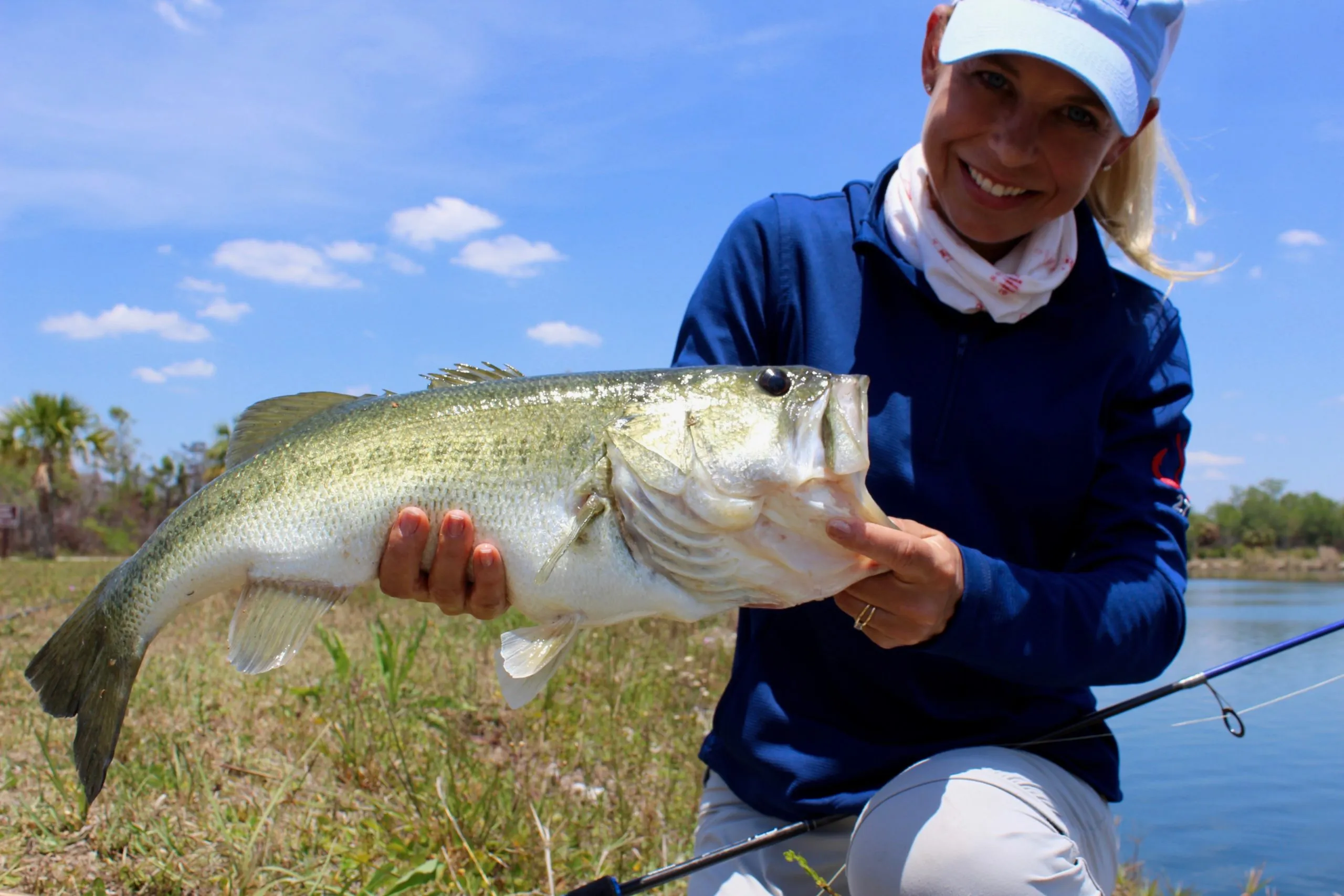
Bass fishing is a thrilling and rewarding activity that captivates anglers worldwide. The pursuit of these elusive and cunning predators requires skill, technique, and the right gear. If you're new to bass fishing and eager to dive into this exciting sport, you've come to the right place. In this comprehensive guide, we will walk you through the fundamentals of bass fishing, from understanding the best lures to use to mastering the art of jig bass fishing. With Bellaire Jigs as your trusted partner, we'll equip you with the knowledge and tools needed to embark on a successful bass fishing journey. Let's get started and unlock the secrets to becoming a proficient bass angler!
1. Understanding the Fascination of Bass Fishing
Bass, particularly largemouth and smallmouth bass, are among the most sought-after freshwater game fish. Their aggressive strikes, acrobatic jumps, and formidable size make them the ideal target for anglers seeking a memorable fishing experience. Bass fishing provides the perfect balance of challenge and excitement, and with the right techniques and lures, you can increase your chances of landing a trophy catch.
2. The Right Gear for Bass Fishing
Before hitting the water, it's essential to have the right gear for bass fishing:
a) Fishing Rod: Choose a medium to medium-heavy spinning or baitcasting rod for versatility and ease of use.
b) Fishing Reel: Pair your rod with a quality spinning or baitcasting reel that offers smooth drag and a sturdy construction.
c) Fishing Line: Select fluorocarbon or braided line for better sensitivity and strength when battling bass.
d) Terminal Tackle: For jig bass fishing, invest in quality jig heads and soft plastic baits that mimic natural prey.
3. How to Fish Bass: Basic Techniques
Mastering fundamental bass fishing techniques will set the stage for successful outings:
a) Casting and Retrieving: Cast your lure to potential bass-holding areas, such as rocky structures, submerged trees, or weed beds. Retrieve your lure with varying speeds and pauses to mimic the behavior of prey, enticing bass to strike.
b) Topwater Fishing: Use topwater lures to create surface disturbances and imitate injured baitfish. This technique can trigger explosive strikes from aggressive bass.
c) Jigging: Jig bass fishing involves using a jig and soft plastic bait combination to present a lifelike meal to bass. Bounce and lift the jig off the bottom, imitating the movement of prey and enticing bass in different depths.
4. Mastering the Art of Jig Bass Fishing
Jig bass fishing is a proven technique that consistently yields impressive results. Follow these tips to become a proficient jig angler:
a) Selecting the Right Jig: Choose a jig that matches the size and color of the local forage and the water conditions. Experiment with different types of jig heads, such as football jigs or flipping jigs, to find what works best.
b) Trailer Selection: Pair your jig with the appropriate soft plastic trailer, such as crawfish imitations or creature baits. The trailer adds movement and appeal to the jig, making it more enticing to bass.
c) Working the Jig: Use a slow, methodical retrieve when jigging. Allow the jig to sink to the bottom, then lift and drop it to imitate the movement of prey. Pay attention to any subtle taps or changes in weight, as these could indicate a bass has taken the bait.
5. The Power of Bass Fishing Lures
Bass fishing lures come in various shapes and styles, each designed to elicit specific bass reactions:
a) Crankbaits: Crankbaits imitate injured or fleeing baitfish, and their diving action allows them to cover different water depths.
b) Spinnerbaits: Spinnerbaits create vibrations and flashes, mimicking the movement of prey and enticing bass to strike.
c) Soft Plastic Baits: Soft plastic baits, like worms, crawfish, and creature baits, imitate various bass prey and are effective in various fishing scenarios.
6. Seasonal Strategies for Bass Fishing
Understanding how bass behavior changes with the seasons can significantly impact your fishing success:
a) Spring: During the pre-spawn and spawn periods, bass move to shallower waters. Target spawning areas with jigs and soft plastic baits.
b) Summer: Bass tend to move to deeper, cooler waters during the hot summer months. Use deeper-diving lures and jigs to reach them.
c) Fall: In the fall, bass are actively feeding to prepare for winter. Topwater lures and crankbaits are effective during this season.
d) Winter: In colder temperatures, slow your presentation and target deep, slow-moving waters with finesse techniques.
7. Conservation and Ethical Bass Fishing
As responsible anglers, it's essential to practice conservation and ethical fishing:
a) Catch and Release: Consider catch and release for larger bass to preserve the fishery and ensure future generations of anglers can enjoy bass fishing.
b) Observe Local Regulations: Familiarize yourself with local fishing regulations and adhere to catch limits and size restrictions.
c) Proper Handling: Handle bass with care, using wet hands or gloves to prevent damage to their protective slime coat.
Conclusion:
Bass fishing is an exhilarating journey that offers endless learning opportunities and unforgettable experiences. Armed with the knowledge of essential bass fishing techniques and the right gear from Bellaire Jigs, you're ready to embark on this exciting adventure. Whether you choose to cast and retrieve with lures or master the art of jig bass fishing, the rewards of bass fishing are well worth the effort. Remember to respect the environment, practice ethical fishing, and enjoy the connection with nature as you pursue the elusive and cunning bass. So, gear up with Bellaire Jigs, head to your favorite bass fishing spot, and immerse yourself in the world of bass fishing! Happy fishing!
